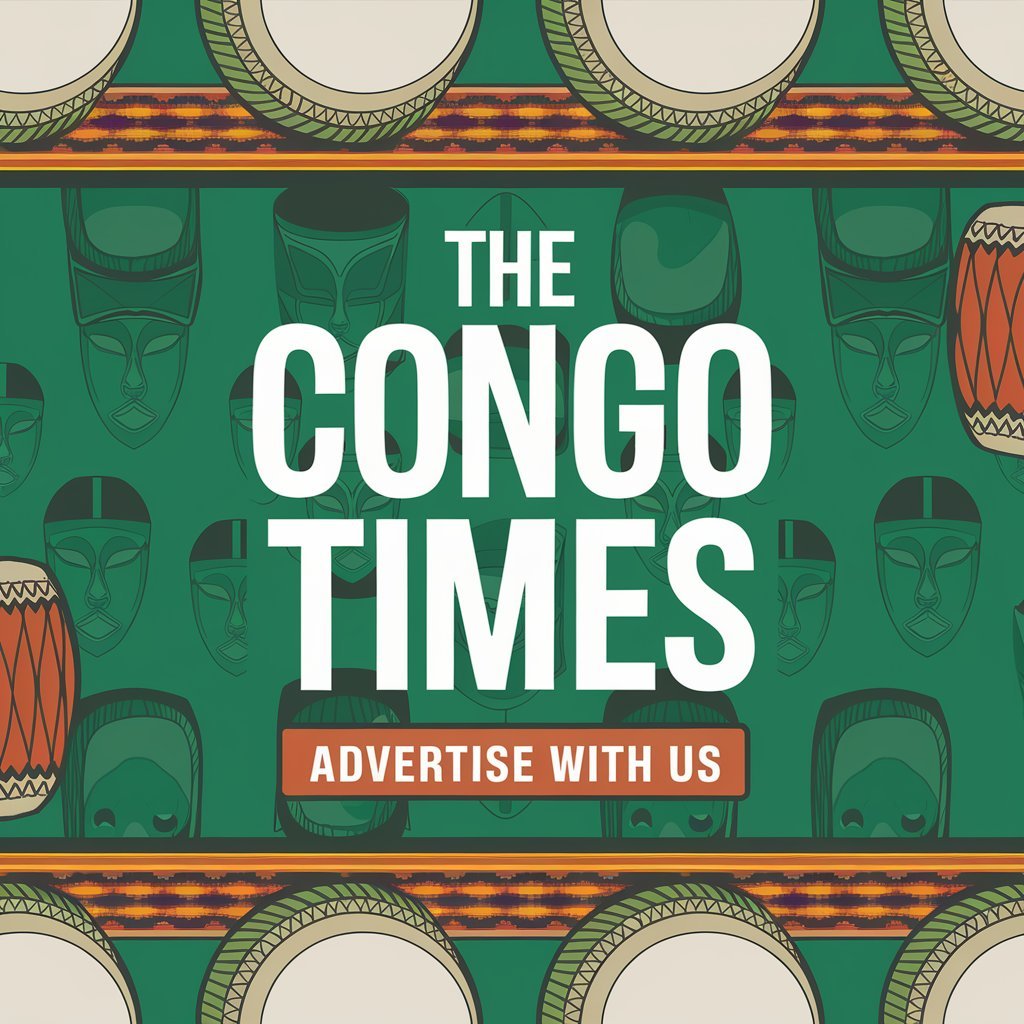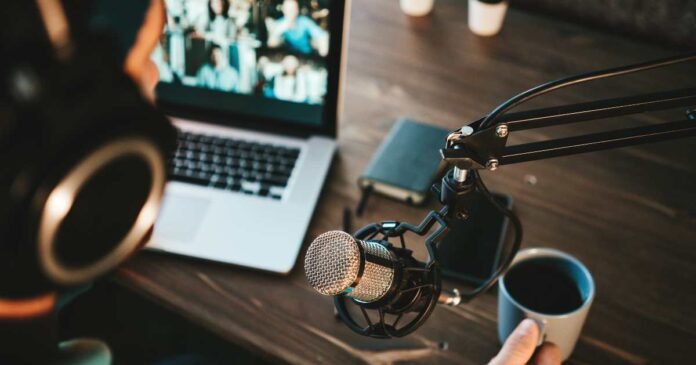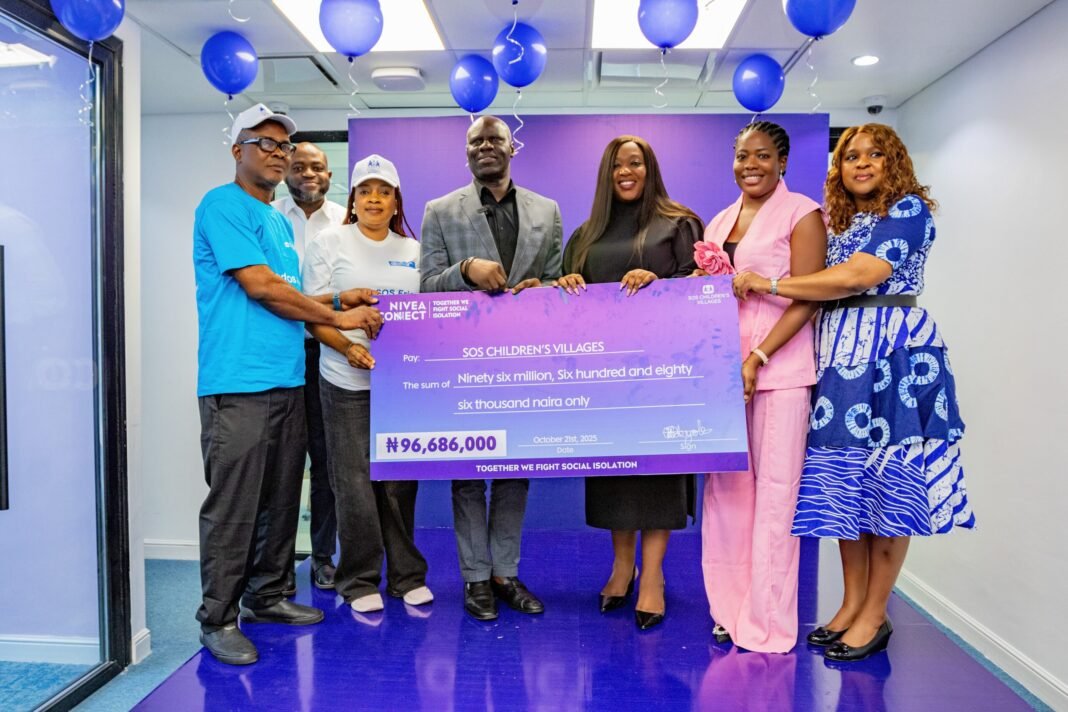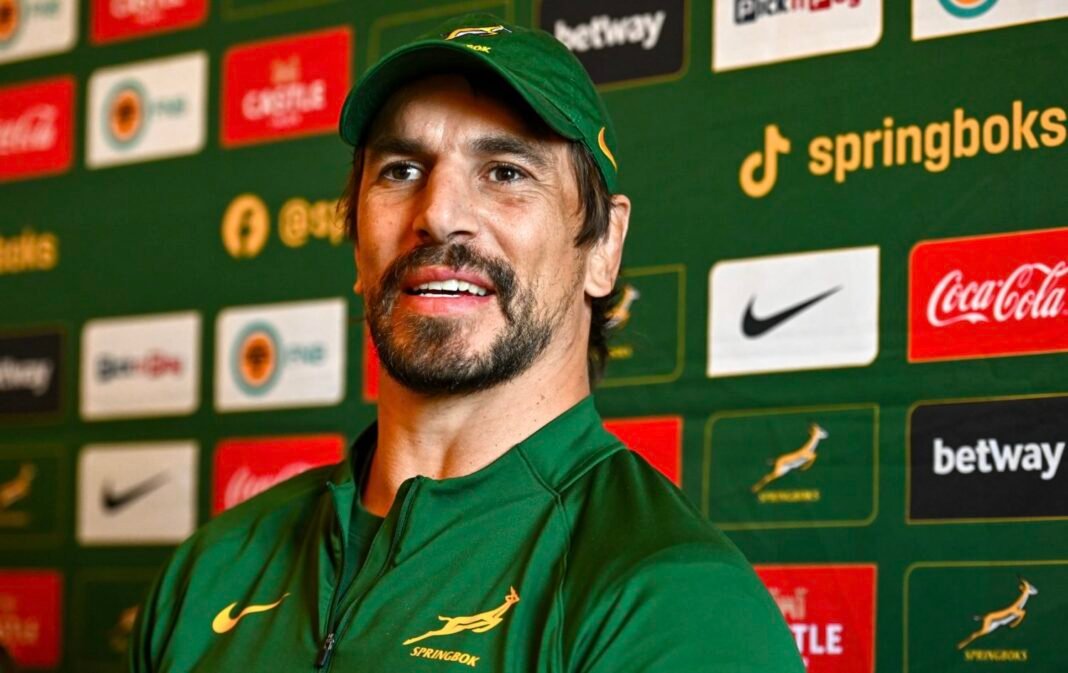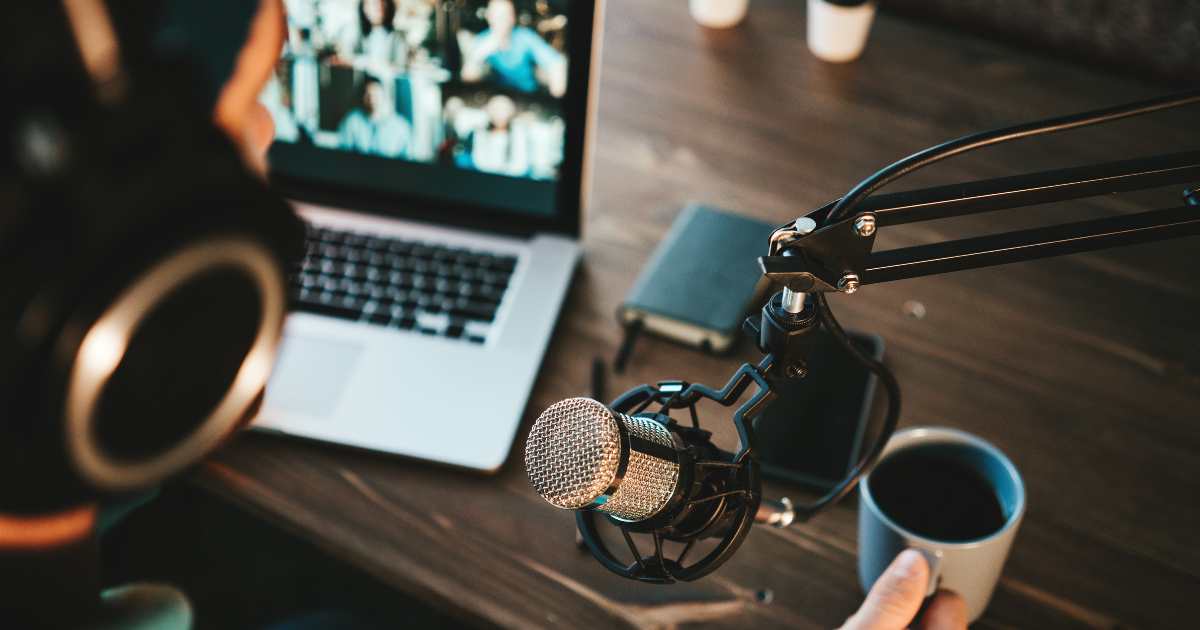
The age of the creator entrepreneur has dawned. It is characterised by the new breed of entrepreneurs who are turning attention into customers. Not only are these creators limited to social media platforms, but they also extend to other media, such as podcasts and blogs, and often have an entire team that helps build the brand.
One person who can speak to the power of the creator economy and how personal branding as a marketing tool can help build a business based on a loyal following (or subscriber count) is Grace Andrews. She is a global brand director turned creator entrepreneur, and one of the driving forces behind the global phenomenon, Diary Of A CEO, a podcast hosted by British entrepreneur and investor Steven Bartlett. Her knowledge and insight about marketing and audiences have been key in building the show from its humble beginnings to over 10 million subscribers and one billion streams. Today, the popular show boasts over 13 million subscribers by the date of publication, and although Andrews has decided to take a step back and bring all she has learned to find her next challenge in being a creator entrepreneur, she remains passionate about sharing her journey.
Speaking at the 2026 edition of the South African Future Trust Summit, Andrews highlighted the rise of creator entrepreneurship, emphasising how entrepreneurship has been turned on its head.
Entrepreneurship Turned Upside Down
“The industry shift we are experiencing through the growth of the creator economy and how it is used to build businesses is a significant development,” Andrews shares. “The creator economy and creator entrepreneurship have completely flipped the way businesses are built on their heads.
“Previously, an entrepreneur would focus on building a product, finding the audience and then selling to them. Now, entrepreneurs are building their audience, creating their trust and then building a product.”
She has taken this knowledge and employed it in her own content, be it speaking engagements or sharing advice on other platforms. “My whole ethos is to flip the narrative, and I share with entrepreneurs that they must focus on content, audience and trust before trying to sell anything.”
Content Doesn’t Mean TikTok Dances
Content creation might be a term that shakes business owners a little. Is it necessary to do silly little TikTok dances when you, as an entrepreneur, have bigger fish to fry? Of course not, and that’s where content gets a bad reputation; content doesn’t mean silly dances or even short video platforms. It also doesn’t mean the founder even needs to be a part of the brand’s visuals either.
“Personal branding doesn’t mean creating short TikToks; it can look like thought leadership pieces on a blog, too,” Andrews reminds SMEs. “You can even create a thought-provoking Substack without ever showing your face.” This is a great strategy for individuals who are a bit shy as well, because it is all about strategy.
“Ask yourself what kind of media you can use.”
She continues to share that SMEs need to shift their mindset to adapt to the age of the creator entrepreneur. “We have to be in the business of media, so what can be our media channel that gains audience traction?” Andrews notes that this doesn’t even need to be a product-focused channel either.
One shining example that she also highlighted in her presentation is that of Bilt, an American payments and rewards program for renters that uses YouTube as its media channel. Its channel, Roomies, leverages the short-form vertical format series that follows the lives of four roommates from an apartment in the Big Apple.
Drawing on this example, she recommends that entrepreneurs ask what the content centre of their business can be and what portrays what their business is about.
“Partnering with a creator is another pathway.” This is particularly useful for business owners who don’t have the time, capacity or confidence to drive their own media channel. “This isn’t influencing marketing but rather bringing individuals in as an equity partner, almost a co-founder, who understands attention and audience, who already has an audience and whose audience you won’t be renting.”
Collaboratively, these two entities build the business, develop business acumen and audience understanding.
Whichever route you choose, you need to do your research, see what media and strategies are at your disposal and how they can be applied to your business.
“I think we become complacent with the obvious platforms, and we just say, well, I don’t want to do TikToks, I don’t want to use Instagram. The question is, what do you want to do? Is it writing, speaking on stage or something completely different? Find a place where what you enjoy doing overlaps with your audience and the platform you like to use.”
She mentions how live streaming is currently booming through platforms like Twitch and that it leaves a space for entrepreneurs to find new opportunities.
Don’t Let Personal Branding Fall by the Wayside
Understanding the value that it had in her own career, Andrews advocates that each entrepreneur needs to consider at the very least.
“Personal branding is a powerful marketing tool because ultimately, when you build visibility, you build opportunities. The reason why personal branding has been able to thrive the way it has is because of the creator economy,” she emphasises. “A personal brand is something that you should consider because it accelerates trust, but if that is not for you, there are other opportunities too,” Andrews shares, alluding to the fact that working with an existing creator is still a good idea.
“There are loads of ways to leverage these opportunities.”
Other opportunities that SMEs can also benefit from are learning from other business owners whom they admire. Listening to podcasts such as Diary Of A CEO or reading an inspirational profile from the Founder Focus column are great ways to add to your own knowledge. “Speaking to business owners, sending them personal messages might not always be possible, because entrepreneurs are busy people, but it may lead to an opportunity to connect.” Andrews knows from personal experience that these mentorship conversations are invaluable, but there is simply not enough time, so when you do have that opportunity, it is imperative to make it count.
“Social media is a great way to make an introduction with a global network, but it is important to take that conversation offline. Show up to events to meet the people and make new connections.”


